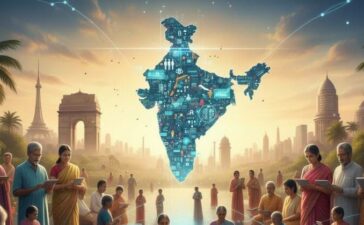After the evasion of Britishers, there are so many things that were buried and dead. One such is our Indian education system.
From that time onwards, India is having British education system.
Sanskrit language which is originated from Vedas has become India’s classical language. But today you hardly find any one speaking it. In some parts of India, some people adopted English language so much that they don’t like to speak in their mother tongue.
However, there is one village where right from the vegetable vendor to the priest, everyone speaks in Sanskrit only. They preserved this oldest language which is now spoken by less than 1% of the country’s population.
Curious to know where it is?
It’s Mattur, located in the Shimoga district of Karnataka. The whole village leads a vedic lifestyle. They converse in Sanskrit and chant Vedas. Vedic chanting flourishes in this village when you pass by.
How Sanskrit Became Their Primary Language?
In 1981, an organization named Sanskrit bharati promoted the classical language by conducted a 10-day Sanskrit workshop in Mattur. Shockingly, villagers took an active part in the workshop to preserve this classical language.
The Vedas are chanted at the village pathshala in the traditional way. Just like a typical agraharam, the entire village of Mattur is built as a square with a central temple and a village pathshala. The students learn them meticulously in their five-year course, under the careful supervision of village elders.
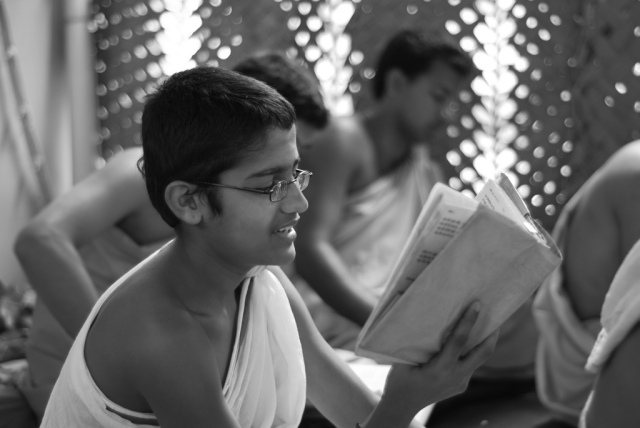
Village teachers say, “Learning Sanskrit helps students develop an aptitude for maths and logic as well”.
In every house, there is atleast one software Engineer. Many people from Mattur have gone abroad to study engineering or medicine.
The students at the pathshala collects old Sanskrit palm leaves, expand the script on computers and rewrite the damaged text in present day Sanskrit to make it available to the common man in the form of publications.
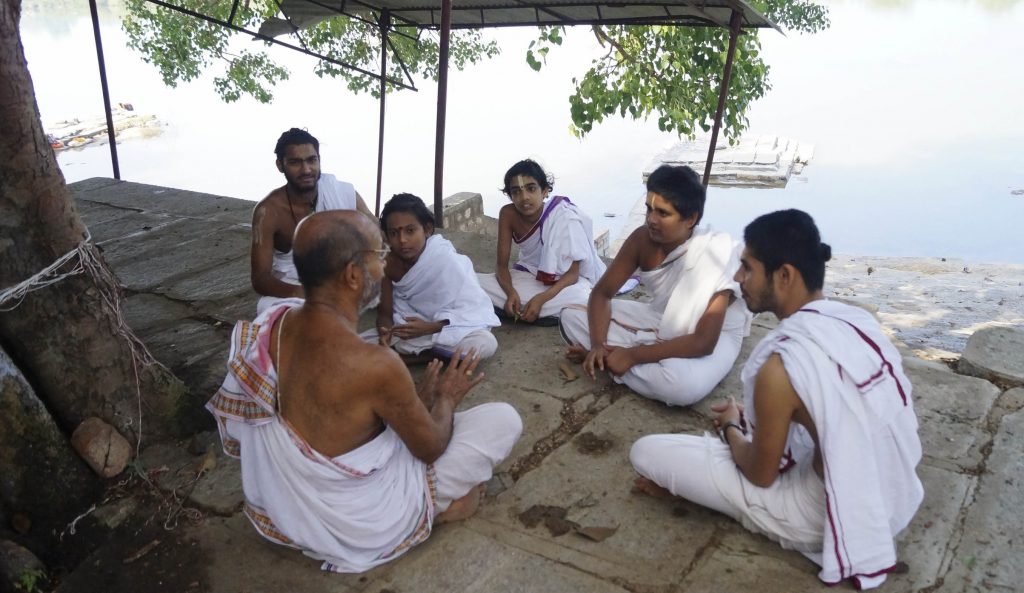
Right from the vegetable vendor to priest, every one speaks in Sanskrit. If you enter any home in Mattur, you will be greeted with Bhavatha nam kim (What is your name?), Katham asti (How are you?).
A group of elders recite vedic hymns at the riverside. Other than Sanskrit, they also speak a rare dialect called Sankethi, which is a mixture of Sanskrit, Tamil, Kannada, and bits of Telugu.
How The Village Formed?
Mattur is an agrarian village that primarily cultivates areca nuts and paddy. It is inhabited by the Sankethis, an ancient Brahmin community that had migrated from Kerala and settled down in Mattur about 600 years ago.
The slogans painted on the walls are ancient quotes such as Maarge swachchataya virajate, grame sujanaha virajante (Cleanliness is as important for a road as good people are for the village).
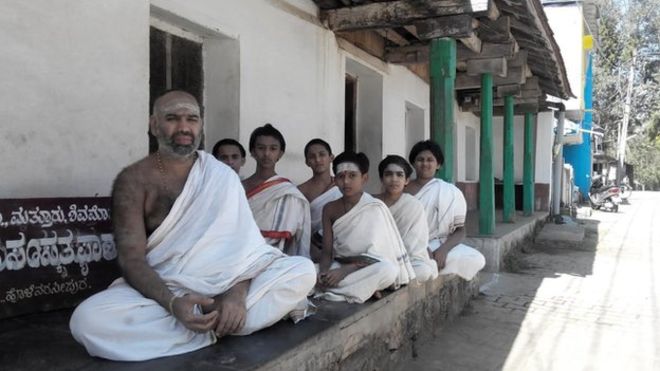
Mattur and its sister village, Hosahalli also support the ancient tradition of gamaka which is a unique form of singing and storytelling in Karnataka.
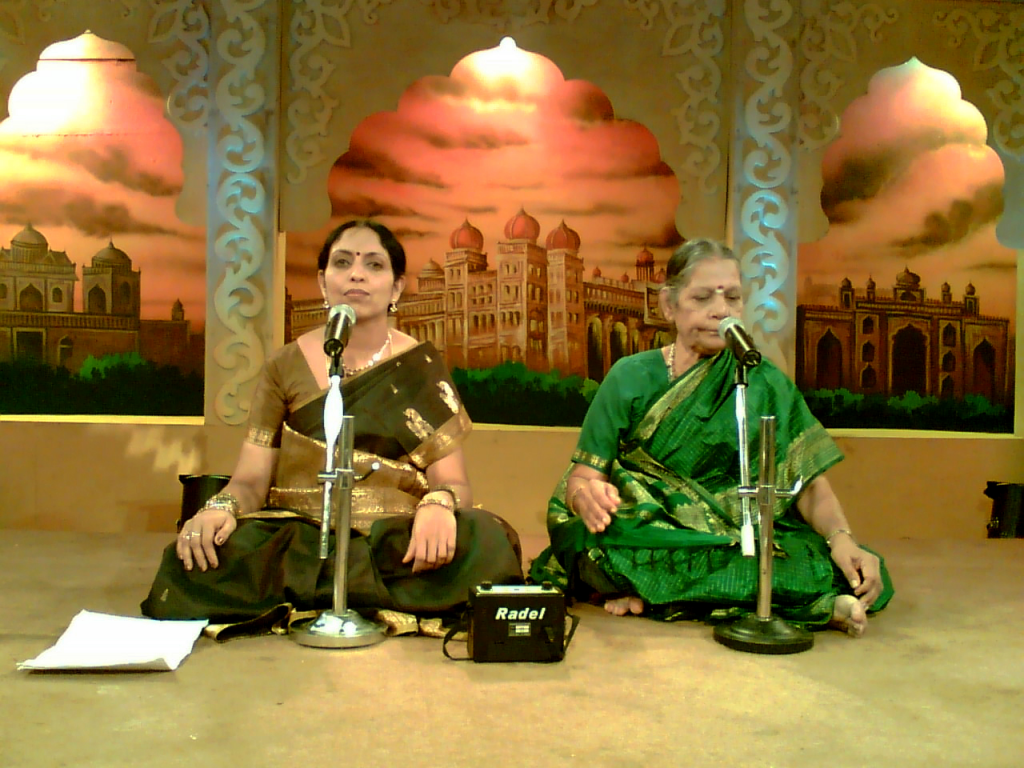
What makes Mattur so special is not only the villagers use the language in their daily life but they are also ready to teach it to anyone interested in learning it. Sanskrit is taught here for free in a 20 day course.
Interested?? Then this time, make use of coming up summer vacation to learn our classical language.



